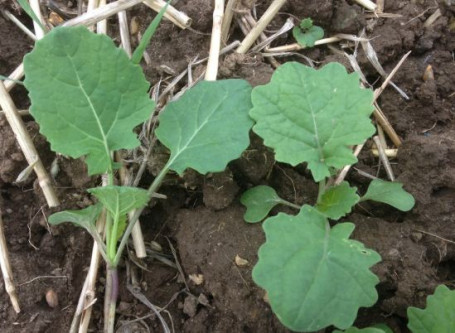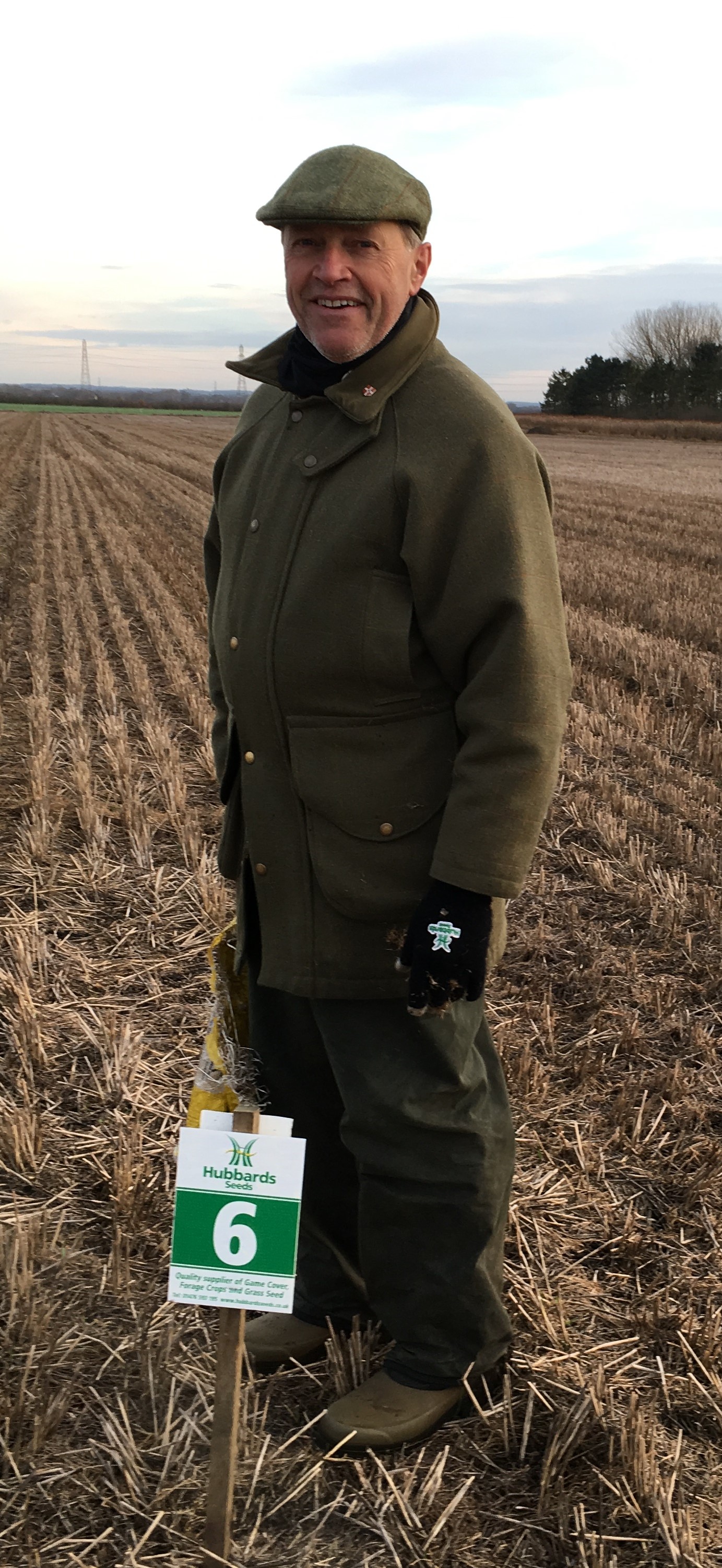
After one of the hottest driest summers for many decades, establishing oilseed rape this autumn was always going to be a challenge, the choice of establishment method being even more crucial than ever.
Having lived through more seasons than I care to remember, I have concluded there are almost as many methods of establishing oilseed rape as there are growers, ranging from the full-on traditional plough, power harrow, drill, roll method, to simply autocasting on the back of the combine header and hoping for the best.
The critical factors in establishing oilseed rape in any season, and especially in seasons like that we have just experienced, is seed to soil contact and moisture retention.
Systems that involve minimum soil disturbance established the quickest and have gone on to develop into strong crops going into the winter.
Evidence suggests the systems that achieve this goal best are direct and strip drilling techniques, things have moved on a lot since the days of the Bettinson DD direct drill, combining accurate placement of seed and minimal soil disturbance, the land between the rows remaining unmoved leaving weed seeds dormant and where tall stiff stubble is present, going some way to deter pigeons from landing in the crop while retaining precious moisture. Direct or strip drilling is also relatively fast and a low-cost way of establishing oilseed rape, however, it is only as good as the underlying soil structure.
A large proportion of the UK oilseed rape crop is established using some form of subsoiler with a multitude of seed distribution devices attached, while subsoiling and sowing oilseed rape in one operation has many merits, in an autumn like the one we have just experienced heaving up hard dry material and “scattering” seed into the subsequent disturbed soil is a risky scenario relying on rolling the land down again to establish good contact between the rapidly drying soil and the oilseed rape seed, the results of subsoiler established crops this autumn can be described as variable at best.
Min till is still a popular way to establish an oilseed rape crop in the UK, it is probably the most flexible method whether using discs, tines or a combination, it is relatively quick, but while getting good seed to soil contact, moves a lot of soil, exposing a large surface area to rapid moisture loss so a set of rolls following close behind the drill is imperative, a second, or even third pass with the rolls is even better.
Finally, the old traditional method, plough, press, harrow, drill and roll, if you’ve got time, money to spend on diesel and wearing parts, and you know it’s going to rain the moment you pull out of the field, you could get spectacular results, but for efficiency and moisture retention, it’s probably best confined to history along with the Bettinson DD drill.
So, in conclusion, the key factors to establishing oilseed rape, especially in a dry year are: -
- Minimum soil disturbance to retain moisture
- Good seed to soil contact
- Roll as soon as possible behind the drill
- Roll again (rolling will of course restrict the movement of cabbage stem flea beetles and slugs too, but I’ll save that discussion for another day).
James Arnold is a United Oilseeds Area Manager.
If you are a Member of United Oilseeds you can now register for the online Members portal which provides access to your loads analyses and results. Register here

